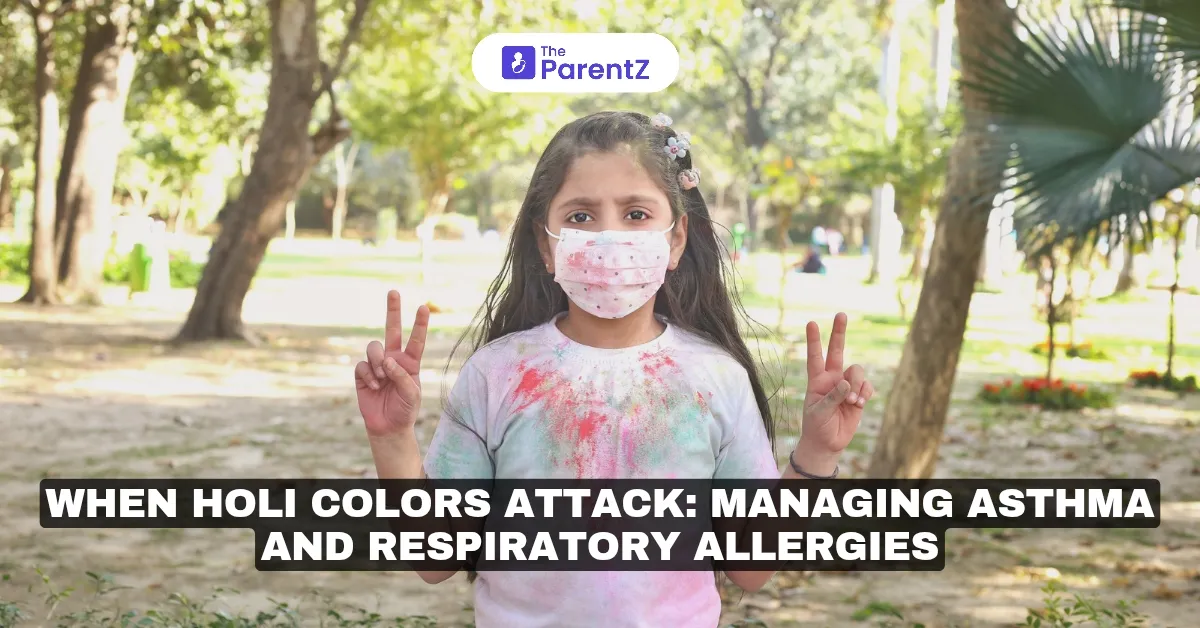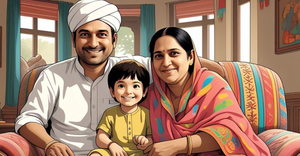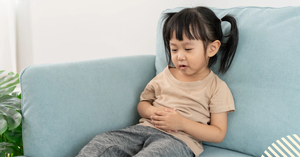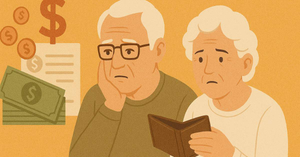Holi, the festival of colors, brings joy and excitement, but for individuals with asthma and respiratory allergies, it can also bring health risks. The fine powders, synthetic chemicals, and dust from Holi colors can irritate the airways, leading to coughing, breathlessness, wheezing, and asthma attacks.
Children and adults with respiratory conditions need extra precautions to enjoy Holi without compromising their health.
Why Holi Colors Can Trigger Respiratory Issues?
a) Synthetic Colors and Their Harmful Effects
Most commercial Holi colors contain toxic chemicals, heavy metals, and artificial dyes that can cause respiratory irritation. Some common harmful ingredients include:
• Lead, mercury, and chromium – Cause lung inflammation.
• Asbestos and silica dust – Act as lung irritants, triggering asthma symptoms.
• Artificial dyes – Release harmful fumes that worsen allergies.
b) Fine Powder and Dust Inhalation
• Holi colors, especially gulal, are finely milled, making them easy to inhale deep into the lungs.
• Dry powders stay suspended in the air, increasing the risk of breathing difficulties, sneezing, and throat irritation.
c) Fragrances and Chemical Additives
• Many Holi colors have artificial fragrances that can cause nasal congestion and allergic reactions.
• These chemicals can also lead to headaches, dizziness, and respiratory distress in sensitive individuals.
Pre-Holi Preparations for Asthma and Allergy Sufferers
a) Consult Your Doctor Before Holi
• If you or your child have asthma, visit your doctor for preventive advice.
• Ensure inhalers, anti-allergy medications, and bronchodilators are easily accessible.
b) Choose Safe, Natural Colors
• Organic, herbal, or homemade colors made from flower petals, turmeric, and sandalwood are non-toxic and safer for the lungs.
• Avoid shiny, bright, and synthetic colors, as they often contain heavy metals.
c) Wear a Mask or Scarf
• A N95 mask or a cotton scarf can help reduce inhalation of color dust.
• Kids with asthma should avoid playing in large, crowded areas where powder clouds are dense.
d) Apply Protective Barriers
• Applying coconut oil or petroleum jelly around the nostrils helps trap color dust before it enters the airways.
• Wearing full-sleeved clothing and sunglasses adds extra protection.
Managing Asthma and Allergies During Holi
a) Play Outdoors in a Well-Ventilated Area
• Avoid closed spaces where color dust can accumulate.
• Play in an open area where fresh air circulation helps reduce airborne irritants.
b) Take Regular Breaks and Stay Hydrated
• If you feel breathless or start coughing, take a break in a clean, shaded area.
• Drinking water, coconut water, or herbal tea keeps airways moist and reduces irritation.
c) Avoid Smoke and Chemical-Based Sprays
• Some people use color sprays and chemical foams, which release harmful aerosols.
• Bonfires and smoke from Holika Dahan can also trigger breathing problems. Stay at a safe distance if necessary.
d) Monitor Symptoms Closely
• If symptoms like shortness of breath, wheezing, or chest tightness occur, move away from the crowd and use an inhaler or anti-allergy medication immediately.
• If there is severe breathlessness or persistent coughing, seek medical help without delay.
Post-Holi Care: Recovering from Color Exposure
a) Rinse Nasal Passages and Gargle
• After playing, rinse your nose with saline water to remove any inhaled color particles.
• Gargling with warm salt water helps soothe throat irritation.
b) Take a Gentle, Lukewarm Shower
• Wash off colors using mild soap and warm water to remove any chemical residues.
• Avoid harsh scrubbing, as it may cause skin irritation that can worsen allergies.
c) Use a Steam Inhaler or Nebulizer
• Taking steam inhalation with eucalyptus oil helps clear the airways and reduce congestion.
• If wheezing persists, use a nebulizer as per your doctor’s recommendation.
d) Monitor for Delayed Allergic Reactions
• Sometimes, symptoms like coughing, congestion, or skin rashes appear hours after exposure.
• Keep taking prescribed anti-allergy medication and consult a doctor if symptoms persist.
Emergency Action Plan for Severe Reactions
a) Identify Signs of an Asthma Attack
Seek immediate medical attention if you notice:
• Severe breathlessness
• Continuous wheezing and chest tightness
• Blue lips or pale skin
• Inability to speak in full sentences
b) Steps to Take During an Attack
1. Move the person to a well-ventilated area.
2. Use a reliever inhaler (bronchodilator) immediately.
3. Loosen tight clothing to ease breathing.
4. Encourage slow, deep breathing.
5. If the condition worsens, call emergency medical services.
Holi Safety for Children with Respiratory Issues
• Supervise children closely to ensure they don’t inhale excessive color dust.
• Encourage playing with wet colors instead of dry gulal to reduce airborne particles.
• Make sure they stay hydrated and rest frequently to avoid fatigue.
• Keep a rescue inhaler and emergency medications within reach at all times.
Conclusion
For individuals with asthma or respiratory allergies, Holi can be challenging but not impossible to enjoy with the right precautions. By using safe colors, wearing protective masks, staying hydrated, and monitoring symptoms, you can reduce health risks and have a fun, worry-free celebration.
With proper care and awareness, everyone can enjoy Holi safely and joyfully!
Wishing You a Safe and Happy Holi!








Be the first one to comment on this story.